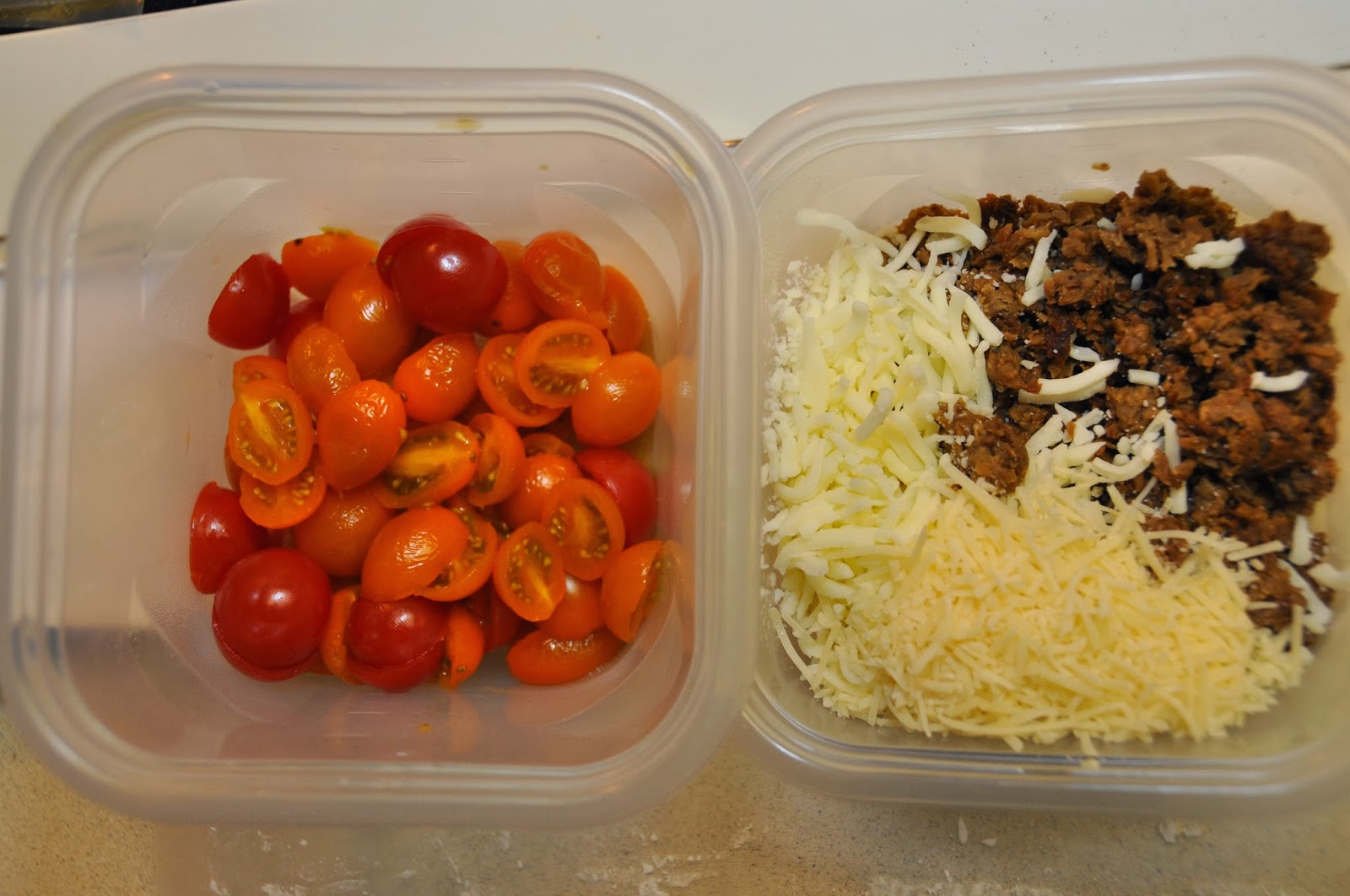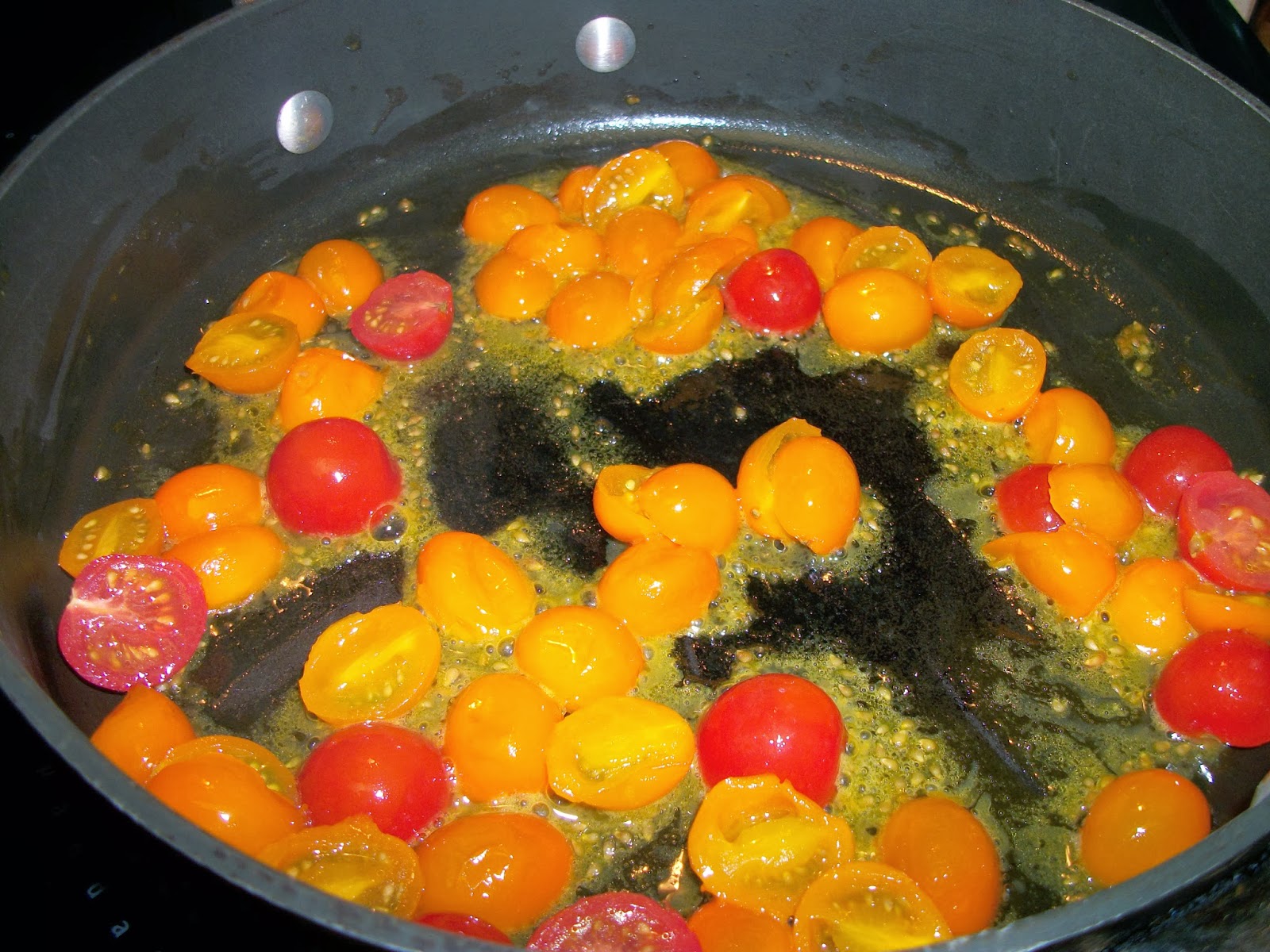Did you know that you could improve your health by eating
less meat and eating more beans? Some
people are aware that beans are a good source of protein and fiber. I don’t think most of us realize however,
just how beneficial beans actually
are.
A few years ago, I decided to adopt a semi vegetarian
diet. What the heck does this mean and
why did I come to this decision? And
what does this have to do with beans?
Why I
Decided to Eat a More Vegetarian Diet
So where did my journey to eating less meat start? First thing that happened was the realization
that I had progressively more problems from reflux when I ate meat and starches
in the same meal. Subsequently I saw
former American Idol Ruben Studdard on a show where he talked about being a
vegan, and learning to cook soul food and Southern comfort food without
meat. I became curious, and started
researching recipes for meatless versions of things like burgers, meatloaf,
chili, spaghetti, barbeque pork, fried chicken, and fried fish.
I started thinking that some of these vegetarian and vegan
recipes might help with my reflux. It
was really hard to feel satisfied with a meal that didn’t have meat and starch. Maybe I could prepare a meatless entrée, have
a vegetable and a starch side dish, and feel satisfied.
Then I started stumbling on various articles and TV shows,
where doctors and nutrition experts suggested embracing a diet that was 70% to
80% vegetarian. Benefits were cited as
beneficial in lowering saturated fats in the diet and having a positive impact
on cholesterol, among other benefits.
When I saw my naturopath, we agreed that I probably did not
digest animal protein very well. This is
fairly common for those of us with underactive thyroid glands. When you don’t digest protein well, you
develop problems like low iron and low B12.
5 Bean Chili
So What
About the Beans?
So where do the beans fit into all of this? Beans are the central ingredients of many of
the burger recipes, and most of the meatloaf recipes. I also found a couple great chili recipes
where the star ingredients were beans.
Most of the “barbeque” recipes use tofu or tempeh, and the “fried”
chicken and fish recipes use tofu.
What do tofu and tempeh have to do with beans? Both of these foods are made from
soybeans. I’m pretty fussy about food
texture, and was really reluctant about tofu.
I was pleasantly surprised! I
tried barbequed tofu, and didn’t mind the texture at all. I haven’t tried tempeh yet. I’ll have to get back to you on that
one.
Southern Fried Tofu (Personal Photo)
The
History of Beans
Archaeologists and historians have found evidence of the use
of beans in the human diet at least as far back as 15,000 years ago. Evidence exists that grains were rotated with
beans for the benefit of the soil as early as 2000 B.C. Beans absorb nitrogen from the air and infuse
it into the soil.
The Romans and Greeks used beans for voting for political
candidates and determining the outcomes of trials. White beans signified yes votes and
innocence. Black beans voted someone out
of office or declared a suspect guilty.
Beans have played an important place in the culture, and
sometimes in the rituals of North, Central and South American natives.
The consumption of beans as a side dish with meat, rather
than a great source of protein in their own right, is a fairly new practice,
occurring in Western cultures.
Bean
Basics
There are over 1000 varieties of beans. In her book, Romancing the Bean, Joanne Saltzman categorizes beans according to
cook time. Joanne endorses dried beans
and Eden Foods canned beans.
Short-cooking beans include green lentils, mung beans and
azuki beans. Some beans in this category
are split, known in Indian cooking as dal.
This would include red lentils and split peas.
Beans that are medium- to short-cooking include azuki beans,
black-eyed peas, and lima beans.
Medium-cooking beans are the most common. This group includes pinto beans, kidney
beans, black turtle beans, navy beans, anasazi beans, cannellini beans,
cranberry beans, Great Northern beans, and small red beans.
Long-cooking beans include garbanzo beans (also called
chickpeas), fava beans, soybeans, and tongue of fire beans.
Nutritional
Facts on Beans
Beans offer the richest source of protein in the plant
world. Proteins are made up of amino
acid strings. Half of the amino acids
can be produced by the body by assimilating elements present in the body. The other half of the aminos must come from
food sources. Meat, eggs, and milk are
complete proteins. A diet of beans and
healthy grains also provides all the necessary amino acids.
The vegetable proteins of beans are used more efficiently by
the body than animal proteins, and do not contain saturated fats. This can be crucial for individuals who need
to reduce their cholesterol and triglycerides.
What
About Those Famous Digestive Issues
Many people are reluctant to eat beans because they don’t
want to be caught in the possibility of having embarrassing gas in public. Joanne attributes unpleasant digestive issues
to not adequately cooking beans. Beans
have protease inhibitors, lectin, and cyanogen which protect the beans. These compounds interfere with digestion, and
can only be neutralized by cooking. Romancing the Bean has extensive
information about soaking and cooking beans.
The other problem Joanne identifies is that well-prepared
beans are so delicious that we tend to overeat
them.
Donna Gates, in her book, The Body Ecology Diet, notes that beans, grains, and seeds have a coating
that makes them more difficult to digest, and suggests soaking them 8 to 24
hours, changing the soak water as necessary.
Over the years I’ve heard various ways to reduce the gas
producing properties of beans.
Suggestions include putting a little baking soda in the soak water, a
little sugar in the cook water, or cooking with a piece of ginger.
Giant White Limas with Potato Salad
Eat
Beans and Save the Planet
In the book BeyondBeef, Jeremy Rifkin asserts that we could feed one billion more people if
we used fields to “grow food rather than feed”.
He further states “Cattle are a major cause of world hunger, pollution,
deforestation, and desertification.”
A
Sampling of Recipes from Romancing the Bean
In addition to great general information on beans, Romancing the Bean has many great recipes
showcasing beans or soy products like tofu and tempeh. Here are a few examples:
Garbanzo Beans with Root Vegetables- Includes leeks, carrot,
turnip, rutabaga, and garbanzo beans.
Black Beans with Garlic and Cilantro- Includes the named
ingredients, along with red wine.
Curried Garbanzo Beans with Spinach- Garbanzos, spinach,
coconut milk, and shallots.
Frijoles Borrachos (Drunken Beans)- Pinto beans, beer,
cumin, garlic, and onions.
Black-Eyed Pea Patties- Peas, garlic, pretzel meal, and
cilantro.
Lentil Soup- Lentils, garlic, onions, carrots, parsnips,
zucchini, fennel seed, tomato paste, and elbow macaroni.
Tempeh Stroganoff- Tempeh, mushrooms, umeboshi vinegar,
onions, rice milk, and cashews.
Frozen Tofu Baked in Barbecue Sauce- Tofu and barbecue
sauce.
Savory Tofu Pot Pie- tofu, green onions, carrots, potatoes,
corn, green peas, and puff pastry.
BBQ Tofu
Other
Ideas for Bean Meals
Any favorite beans, such as pinto beans, black-eyed peas, or
lima beans, served with potato salad and cornbread.
See my previous blog posts on:
Blue Plate Diner Bean Burger























